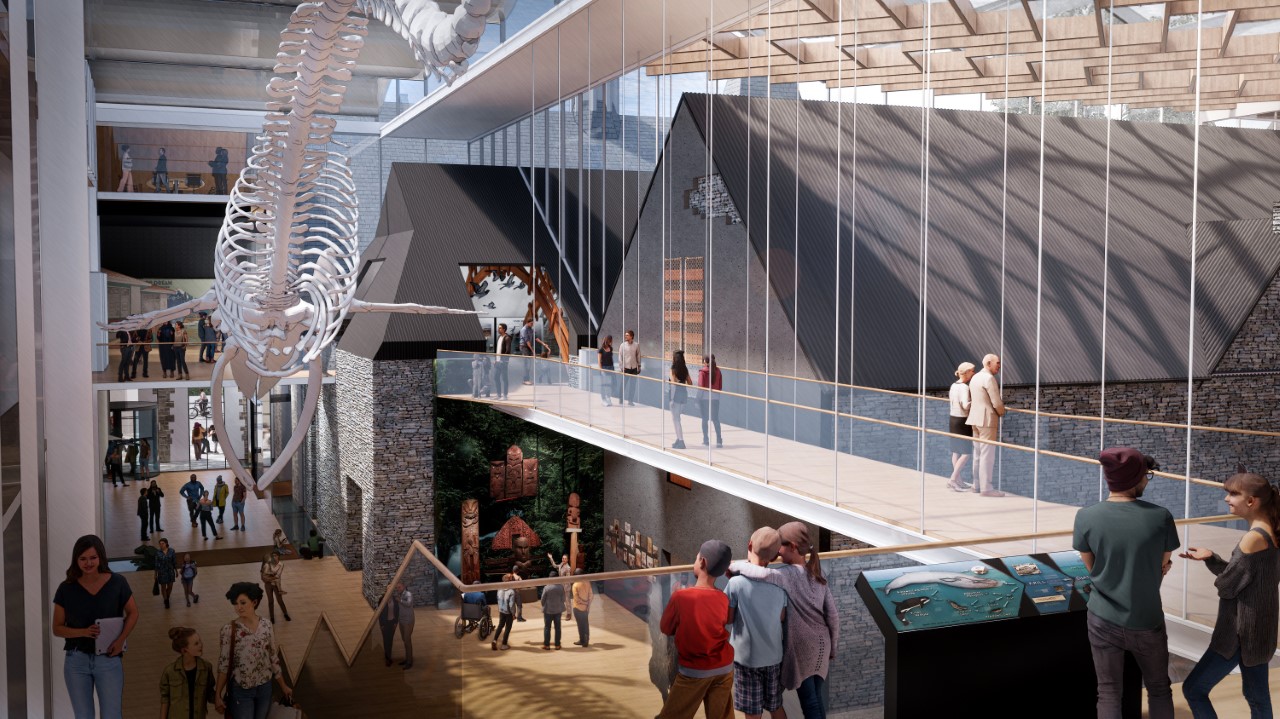
Resource consent for Canterbury Museum’s proposed redevelopment was notified by the Christchurch City Council on Saturday.
The museum’s redevelopment plans involved consultation with key stakeholders and the public last year.
Museum director Anthony Wright said the plans received positive feedback during the consultation process.
“We’ve engaged directly with Cantabrians across the region and the majority of public feedback on our concept designs has been positive,” he says.
“We asked the (city) council to publicly notify the resource consent so that people would have another opportunity to comment on the proposals and, we hope, to voice their support.”
Said Canterbury Museum Trust Board chairman David Ayers: “The new Christchurch has a strong focus on the arts and culture with the rebuild of the iconic Town Hall and Isaac Theatre Royal, a designated performing arts precinct, a wonderful new library, large parts of the Arts Centre up and running, and the base-isolated and refurbished city art gallery. The Museum is a significant omission in that list.
“Yet is it is the place that locals cherish and where tourists visit to learn about the history of this place. With the current state of our buildings we struggle to properly care for the community’s taonga and have limited ability tell the stories that are important to Cantabrians.”
The proposed redevelopment is needed to address seismic, structural, capacity and operational issues that threaten the future viability of the museum.
Poor quality storage and a lack of temperature and humidity control is putting the museum’s vast collection of more than 2.3 million items at risk.
Currently only one per cent of the museum’s collection can be displayed at any one time - and some items have never been seen by the public.
The plans aim to ensure the museum’s heritage buildings will be protected. The museum’s blue whale skeleton, last seen 26 years ago, will go back on display in a new central full-height glass roofed atrium.
Submissions on the resource consent can be made here until 5pm on Tuesday, April 6.












